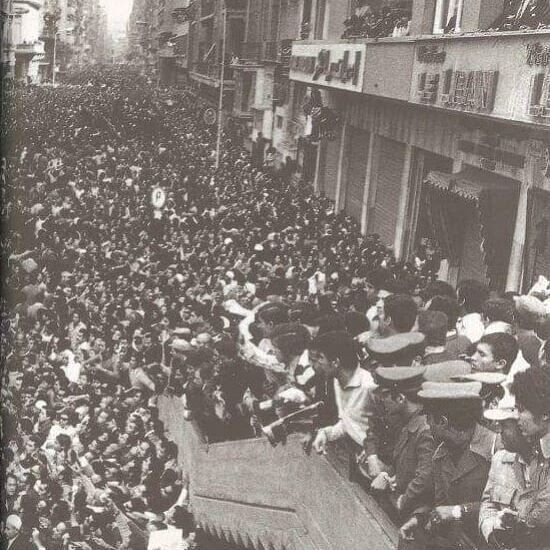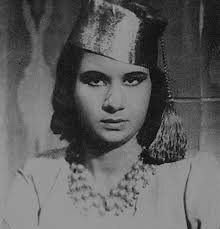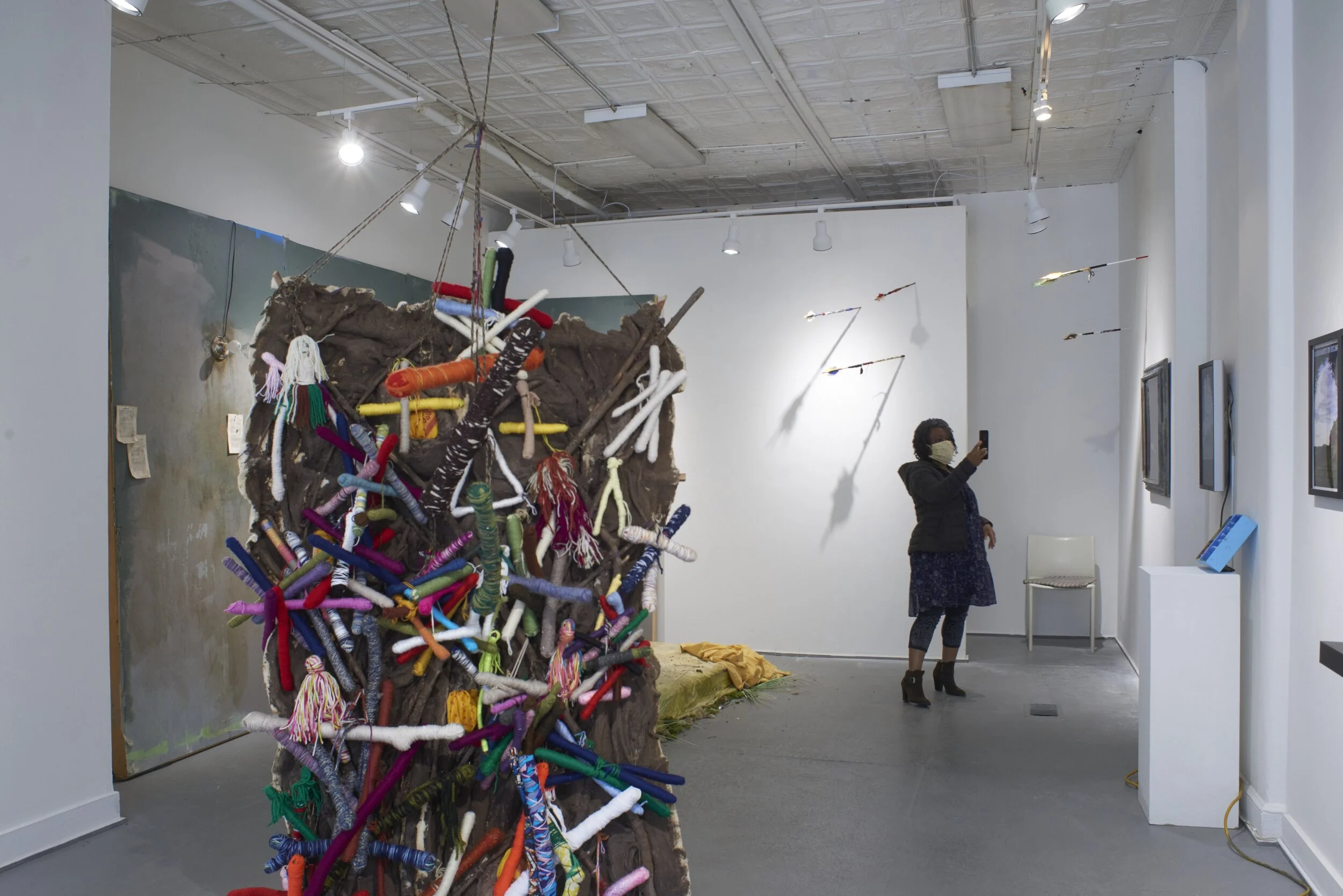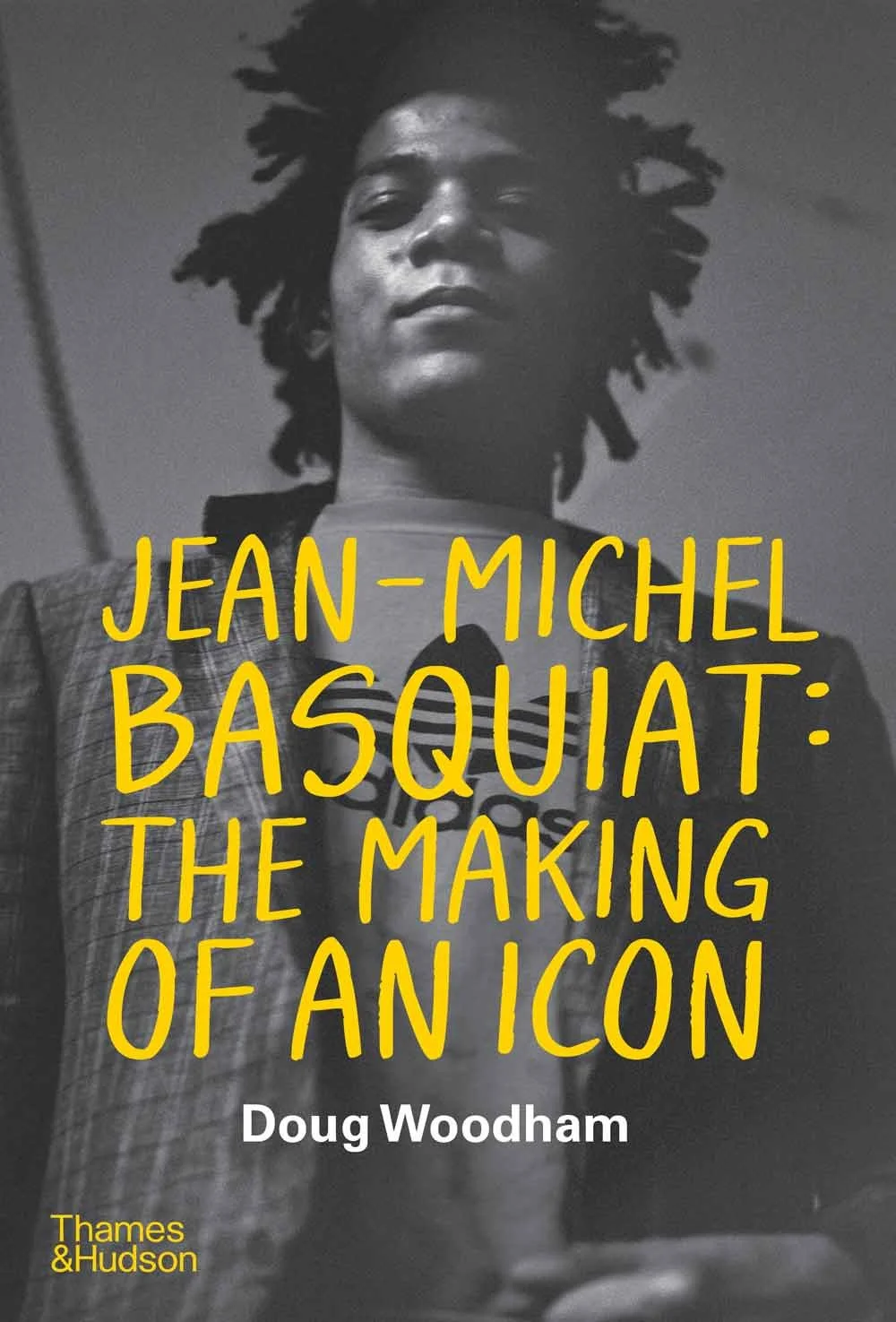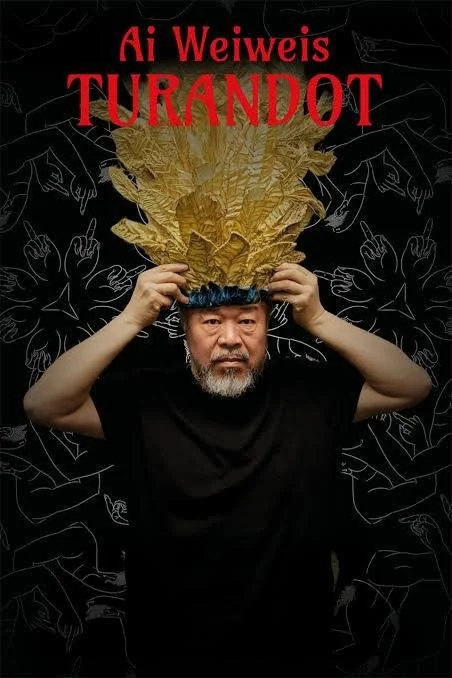Umm Kulthum, sitting in front of the Great Sphinx and pyramid of Giza, Cairo
It takes more than talent for an artist to produce a long-lasting, semi-eternal, impact on generations over time. The Arab world has produced figures who have transformed the political, cultural, and religious landscapes of the Middle-Eastern and North-African region. Yet, the number of celebrated female figures among this group can be counted on the fingers of one hand.
Photo of public funerals of Umm Kulthum, in the streets of Cairo, on February 3rd 1975
February 3rd 1975 marks the date of funerals of Egyptian artist, actress, and political activist, Umm Kulthum. Books, movies, and documentaries were produced to celebrate the life, accomplishments, and exceptional career of the female Arab artist. The story of this peasant who rose to fame and became a mythical public figure continues to resonate today, not only in Egypt, but across the Middle-East. It is no wonder then that over 4 million people gathered in the streets of Cairo to mourn her death.
Bonded street of Cairo on February 3rd 1975, date of funerals of Umm Kulthum
In Michael Goldman’s documentary, Umm Kulthum: The Voice like Egypt, Egyptian singer Umm Kulthum is depicted as a leader who successfully brought together groups often perceived as ‘opposites,’ -conservative and secular Muslims, Jews and Muslims, poor and rich. She rapidly becomes one of the most celebrated public female figures in the Middle-Eastern and North-African region.
Umm Kulthum’s success is reflected through the mystification of her persona, not only by Egyptian media, but by Arab people across the region.
Cover of Goldman’s documentary, “Umm Kulthum, a voice like Egypt,” 1996
In Goldman’s documentary, Umm Kulthum is compared to the pyramids of Egypt. An interviewee affirms: “She is like the pyramids, no one can do what she did.” Another one contends that above her “stands the Quran only.”
Umm Kulthum, posing in front of the Great Sphinx of Giza, Cairo
In Umm Kulthum: Artistic Agency and the Shaping of an Arab Legend, 1967–2006, Laura Lohman contends that a process of “mystification (…) accompanied Umm Kulthum’s persona throughout the end of her life and after her death.” She explains that two factors contributed to shaping Umm’s public image: her rags-to-riches story, and her act of entangling music and politics in ways that charmed her audiences emotionally, but also politically.
Young Umm Kulthum
Umm Kulthum’s success story can be analyzed from socioeconomic, artistic, and political perspectives.
Young Umm Kulthum and her father
Umm’s ascension from rags-to-riches touched people from all social and economic categories. The artist personified relatable archetypes all at once: the poor peasant, the daughter of the Imam, the shy girl, the romanticized actress, and the political activist. Lohman affirms that showcasing these different facets of her personality brought about the process of mystification that shaped the diva’s public image across the Arab world.
Umm Kulthum wearing a ‘tarbuch,’ or Egyptian hat
The artist’s modest origins and religious upbringing in Egyptian countryside contributed to the popularization of her music across the Egyptian nation, including the most marginalized areas.
We learn from Danielson’s documentary that Umm was born “at the time Egypt was under British occupation,” in a family of “fallahah”, or peasants. She was the daughter of a village imam who attended weddings and sang traditional religious chants for a living. As her parents didn’t want to send her to school, Umm attended the “kuttab“ or Quranic school.
Portrait of Umm Kulthum with covered head
Attending the “kuttab” allowed Umm to receive a training in Quranic vocal arts and pronunciation, which shaped her vocal signature.
Her voice was reportedly strong and “equally powerful from the lowest to the highest part of her range.” Her vocal delivery was even more impactful as her audiences were reminded of the actual religious chants. In his documentary, Danielson reaffirms the “importance of the recitation of the Qur’an, and secondarily of the ‘qasidah’, or poem in Arabic, in Egyptian culture.” The recitation of the Quran is indeed familiar and appreciated over Egypt and across the Arab Muslim world, in the context of public broadcasting, as part of religious expression and as a source of comfort.
Umm Kulthum, on stage, with the orchestra
Umm Kulthum employed a mix of elements that made her music earn the label of “musically explosive cocktail,” due to her command of both Arab and Western musical elements.
Her songs stood out as she used a combination of elements from “tarab”, or Arab music, Western musical techniques and instruments, for the instrumental parts, and Arabic poetry, for the lyrics.
Umm’s rendition of Arabic poetry, or ‘qasidah’, was publicly acclaimed due to the high expectations often associated with poetry rendition in the Arab world. Danielson reminds us that Arabic poetry rendition “requires a command of literary Arabic and standard, rather than colloquial, articulation of letters, (…) which mingles with religious and political images within a thematic framework often based upon a journey, travel through the desert, and memories of times past.” Umm’s choice to incorporate Arabic poetry into her songs allowed her to majestically echo the thematic framework that has always been celebrated by Arabs, from pre-Islamic times, to nowadays.
It comes as no surprise that the diva’s musical style became the standard for contemporary “tarab” music.
Portrait of Umm Kulthum, singing
Umm Kulthum’s ascension as a national artist also interestingly reflects the political and social shifts that occurred in 20st century Egypt.
In Goldman’s documentary, the diva’s story is depicted alongside Egypt’s political and social landscapes’ transformations, from King Farouq’s reign under the British occupation, to Gamal Abd El Nasser’s socialist military rule.
In pre-revolutionary Egypt, Umm Kulthum was often invited to sing for Egypt’s sovereign, King Farouq I. Farouq I ruled Egypt from 1936 to 1952, under the British protectorate. Although he promised his people to provide them with all necessary “efforts and sacrifices in the cause of his duty,” he failed to live up to their expectations, showcasing a rather detached attitude towards them. He was also deemed too weak to stand up to the British colonizers. As a result, Egyptian people became among the poorest in the world.
Umm Kulthum at a concert for King Farouq I of Egypt (1946)
Portrait of King Farouq I of Egypt
The period of political dissatisfaction that followed allowed Umm Kulthum to progressively unveil her nationalism and take a more proactive stance on the Egyptian political scene. In one song, the artist sings: “I will sacrifice myself for you –Egypt. You will never abandon. I hope for your tomorrow.“ She also appears in the political movie Anthem of Hope (1937) and incites Egyptian people to “Give your soul in sacrifice for your nation.”
Umm Kulthum, starring in the movie “Anthem of Hope”
Encouraged by the artist, Egyptians started demonstrating against the corrupt government until Farouq I got overthrown in a military coup, organized by the Free Officer’s Movement of the Egyptian army, in 1952.
After publicly demonstrating in favor of the coup, Umm wins over the entire Egyptian nation and is recognized by Gamal Abdel Nasser -Egypt’s president- himself, as a national icon whose music successfully brought together people from different spheres: from Arab communists, to ‘Wahdists.’
Ever since the Egyptian revolution, Umm Kulthum‘s voice became established as the voice of Egypt.
To this day, the artist is still perceived as one of the most popular and respected female public figures to have ever lived in Egypt and the Arab world. Although no longer with us, -she died in 1975-, her artistic legacy still lives on, as many perceive her as the eternal mother of contemporary Arab music.
Portrait of a laughing Umm Kulthum
Bibliography:
-Umm Kulthum: The Voice like Egypt, documentary by Michael Goldman’s, Arab Film Distribution, 1996
-“King of Bling: Farouq of Egypt,” Stuart Husband, published in Issue 56 of The Rake, April 2018. https://therake.com/stories/icons/king-of-bling-farouk-of-egypt/
-Umm Kulthum: Artistic Agency and the Shaping of an Arab Legend, 1967–2007, Laura Lohman, Wesleyan University Press, 2010






